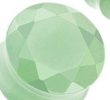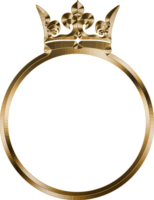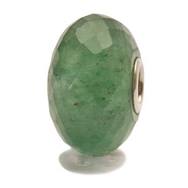Aventurin smykkesten

Aventurin smykkesten har en hårdhed på 6-6,5 på Mohs skala
Aventurine Color
Aventurine is most often thought of as a green variety of quartz, but it can naturally occur in variety of other colors, including brown, peach, yellow, red and blue. Other colors are quite rare as gemstones because they do not often occur in gem-quality. Specimens with hematite inclusions are typically red-brown or gold-brown and those included with goethite will usually occur greenish brown. Muscovite mica inclusions are most common, resulting in silvery green or blue colored sheen. Aventurine typically appears slightly banded with light and dark color zones.
Aventurin smykkesten Clarity and Luster
Aventurin smykkesten quartz clarity levels can range from slightly translucent to opaque. Opaque specimens are usually the result of over-abundant fuchsite inclusions. Aventurine quartz has a dull to vitreous luster when cut and polished, but in its rough state it appears very grainy in texture.
Aventurin smykkesten Cut and Shape
Aventurine is almost always cut en cabochon. It is also commonly cut or carved into ornamental objects in the shape of animals or other natural figures. Aventurine is often cut into drilled gemstone beads. Shapes and cuts include traditional rounds, ovals, cushions and many fancy shapes too, such as trillions, pears and hearts.
Aventurin smykkesten Treatment
Aventurine is not typically treated or enhanced in any way. There are imitations and artificial materials are sometimes used to imitate aventurine, the most common imitation is the Italian glass known as goldstone.
Aventurine Facts, Information and Description
Aventurine is the Star Sign for Libra and the Planetary stone of Taurus.
Aventurine is a translucent to opaque variety of microcrystalline quartz. It contains small inclusions of shiny minerals which give the stone a sparkling effect known as aventurescence. Inclusions of mica will give a silverish sheen, while inclusions of hematite give a reddish or grayish sparkle.
Aventurine ranges in color from green, peach, brown, blue and a creamy green. Besides its uses in jewelry, aventurine is also used for ornamental purposes like vases, bowls, and figurines.
Aventurine is found in India, Chile, Spain, Russia, Brazil, Austria, and Tanzania. It is a 6.5 on the Mohs scale of hardness. This mineral is often mistaken for amazonite or jade.
It is interesting that the name for the stone is derived from an accident. Sometime during the 18th century, Venetian glass workers were preparing molten glass when copper filings accidentally fell into the batch producing a glass with sparkles. The name aventurine comes from the Italian “a ventura,” which means”by chance”.
Deposits are found in Brazil, India, Austria, Russia, and Tanzania.
Folklore, Legend, and Healing Properties:
Aventurin er kendt for at være en heldig sten. Grøn aventurin menes at have mest magt sammenlignet med andre tilgængelige farver. Aventurin menes at stimulere drømme og have en positiv effekt på den psykiske evne. Det er kendt at fremme følelser af velvære og give brugeren et positivt syn på livet. Aventurin kan lette angst og stærke følelser. Aventurine menes at hjælpe en med at træffe beslutninger fra hjertet, stimulere kreativ inspiration og give sin bærer modet til at leve blandt andre (dette gælder lys til mørkegrøn aventurin). Det er en dyne og tilhænger såvel som en afbalanceringssten.


